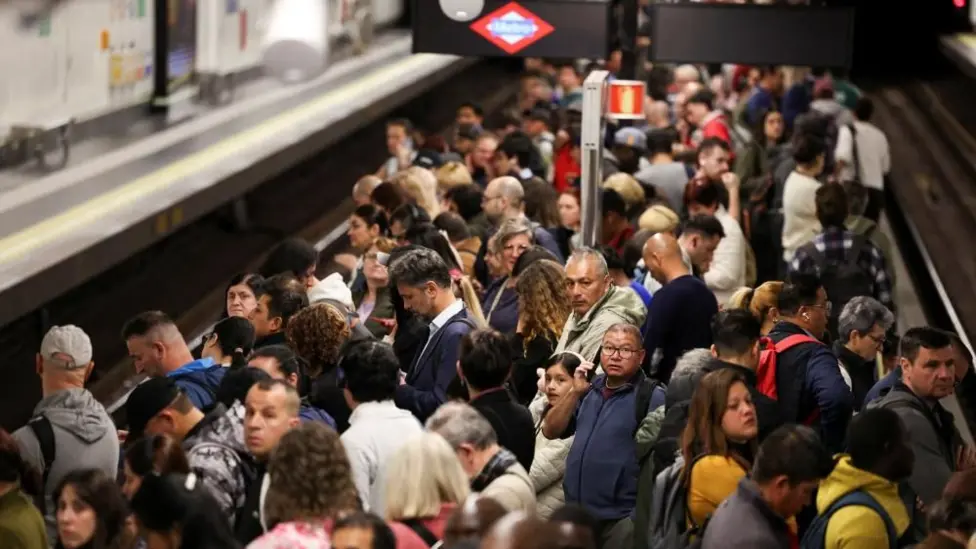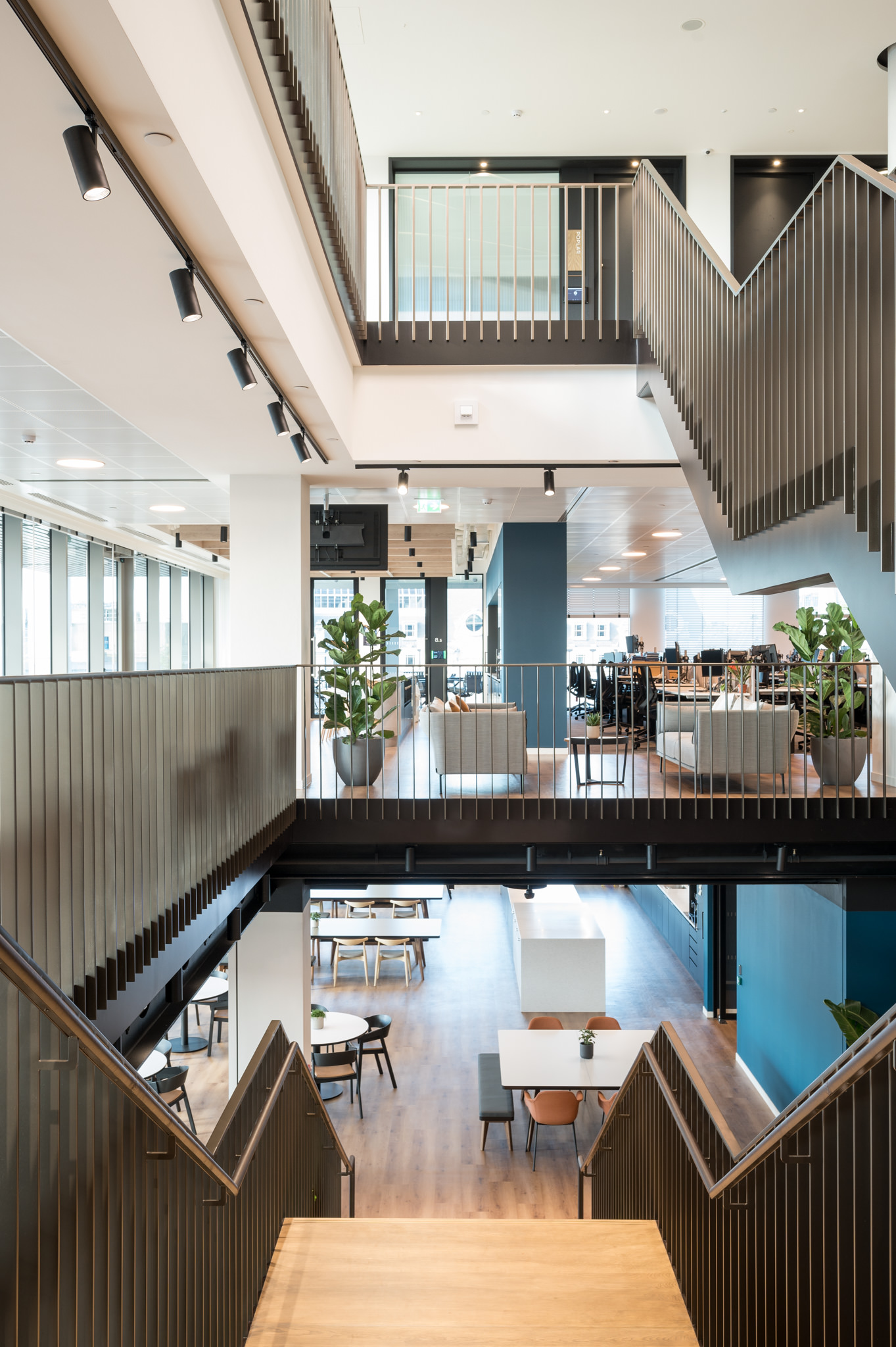The Portugal Power Outage and the Case for On-Site Energy Generation
In April 2025, large-scale power outages rippled across Portugal, Spain, and parts of South-West France, leaving millions without electricity. Businesses were brought to a standstill, public services halted, and critical infrastructure came under pressure. Despite their strong emphasis on renewable energy leadership, the incident served as a sobering reminder that even green grids can fail under stress.
While geographically different, London is not immune to similar risks. With ageing infrastructure, rising climate volatility, and increasing energy demand, the capital faces its own vulnerability to power disruption. For the city’s commercial real estate sector, one of the UK’s largest energy consumers, this should be a call to action.
London’s Commercial Real Estate Energy Dependency Challenge
Though investigations are ongoing, early reports link the cause of the outages to a combination of grid strain and adverse weather conditions. The cascading effect of localised failures overwhelmed the system, revealing that centralised power models, even those built on renewables, can be brittle.
London, with its concentration of high-density commercial zones, complex grid interdependencies, and surging demand for electrified systems (such as heat pumps and EV chargers), mirrors some of the same systemic vulnerabilities. Many commercial properties in London remain heavily reliant on grid-supplied electricity, which exposes them not only to outage risks but also to price shocks and regulatory pressure.
The UK’s tightening decarbonisation targets (like minimum EPC ratings and net-zero commitments) add to the expectations for London’s commercial real estate. Asset managers, landlords and developers are expected to align with top-end sustainability credentials, yet many are still navigating how to deliver sustainable, resilient buildings without undermining financial performance.

Utilising Solar Power Opportunities
The Portugal incident emphasises how decentralised, on-site generation can act as both a sustainability measure and a resilience strategy. Solar photovoltaic (PV) technology is a natural fit for London’s commercial real estate. Despite the city’s reputation for overcast skies, London receives enough solar irradiation to make PV viable, particularly for buildings with substantial rooftop space or vertical balcony façades.
In partnership with smart building systems, energy storage, and real-time monitoring, the benefits of PV technology are energy cost stability, compliance with sustainability credentials and improved asset value and tenant appeal. However, implementing PV technology in London is not without challenges (working around historic architecture, concerns over capital expenditure and uncertain payback periods).
Fortunately, there are emerging solutions. Green leases allow landlords and tenants to share the benefits of solar upgrades. Power Purchase Agreements (PPAs) and service-based solar models reduce upfront costs. Government schemes like full expensing on energy infrastructure and the Smart Export Guarantee (SEG) add further financial support.
Some of London’s leading landlords are already integrating solar into their retrofit and development projects, positioning themselves as leaders in both ESG performance and operational resilience.
Portugal’s outage highlights the universal need for decentralised, resilient infrastructure and energy supplies. As pressure mounts from climate instability, rising demand, and tightening regulations, London’s commercial real estate sector has a crucial role to play in ensuring the capital remains powered, profitable, and prepared.











